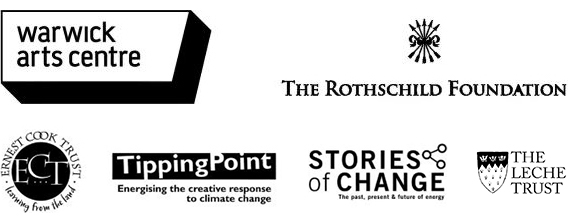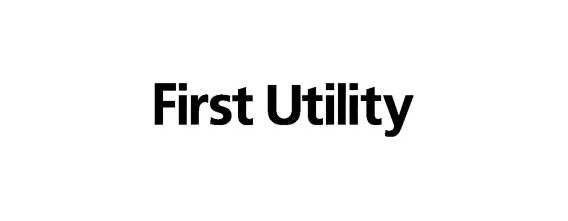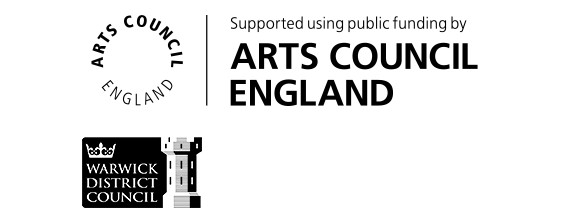The two giant heart structures are built from six dancers all supporting each other’s body weight, with some being held in inverted positions. Torsos, arms and legs create the basic architectural features, including the iconic aorta that protrudes distinctively from the top left side and divides to carry oxygenated blood all around the body. The structure is brought to life with moving film, sound and a gentle rise and fall motion to mimic the pumping action. The addition of low lighting helps the audience move beyond the mechanics of each sculpture to enjoy the effect.
Heart
Group Contact
- Give students a time limit to devise, in small groups, a series of giant sculptures with moving parts: a grandfather clock, a washing machine, a shopping trolley, a piano keyboard, a washing line etc. Look for the most successful ideas and comment on the ingredients. How did they use bodies and body parts to sort the shape and the movement mechanism? Were any of the students off the floor? Upside down? Held in counterbalance? Were there any bizarre, humorous or clever ideas to “surprise and delight?” (Finnan’s third law of movement)
- Try creating a single, alien creature, able to cross the floor. You must all be connected and, between you, show off your distinctive bodily features: how does the creature see, hear, move and eat? Does it have an alien power? A mating dance?
Download different accompaniments (amplified sounds from a wildlife documentary; a David Attenborough style voice-over, horror film music) How does the sound affect what you do and how you move?
- Choose a new idea and work together to recreate shape, features and movement, always bearing in mind the ambition to surprise and delight by subverting expectations. Be experimental with moving parts and points of connection: the more unusual, the better.
- When you are happy with your sculpture and have mastered the movement mechanism, discuss how you might dissolve it and recreate it in a different space. The structures in Heart grew seamlessly from expressions of grief and comfort in the first instance and from cascading and ever-changing partnering in the second, reminiscent of blood flowing or tears. What theme or event would best unite your two structures and reinforce the dance idea?
- What kind of lighting, sound and costumes would help put the dance idea across?


